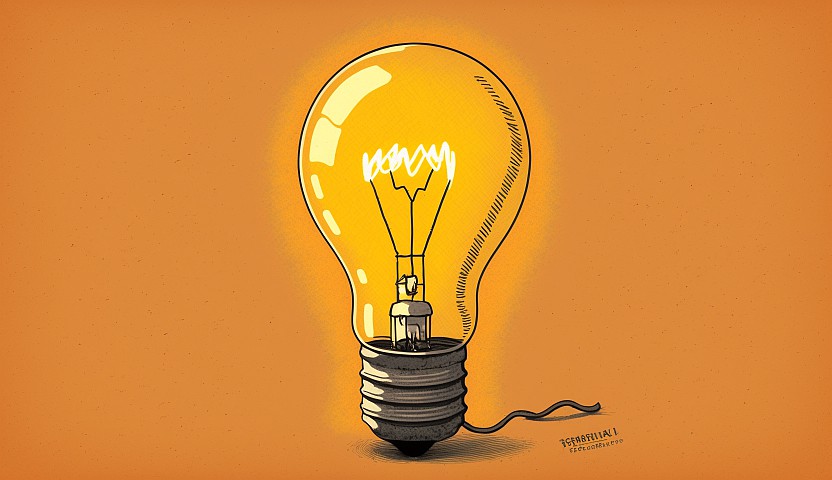Introduction
Light bulbs are a common appliance in every household, and they contribute to the majority of energy consumption in every home. They provide us with essential light, but they also come with a significant impact on our wallet and the environment. In this article, we will explore the energy consumption and cost of using a Light Bulb (LED), and present some tips for saving money on this appliance.
How To Use This Calculator
Using this energy calculator is a simple and will help you determine the costs of running your appliance. Click on ‘Calculate’ to use the predefined values, or enter your daily usage in hours, appliance watts, and your current energy costs in dollars. The calculator will provide you with the daily, monthly, and yearly results. It’s important to ensure the accuracy of the information entered to get the most accurate results.
Hours Used Per Day
Enter the number of hours you estimate the appliance will be on throughout the day. To use fractions of an hour please use a decimal point in the form.
For example: 1 hour and 30 mintes would be 1.5, and 3 hours and 15 minutes would be 3.25
Power Used in Watts
The calculator already includes a default average wattage. If your appliance uses a different wattage then enter it in the calculator.
Your Energy Rate in kWh
The calculator includes an average energy rate (price in $/kWh) to use for the calculation. This may not be the exact price that you’re currently paying for electricity. If you know your energy rate please enter your price per kilowatt-hour.
Energy Consumption
The energy consumption of an LED light bulb is measured in watts. The default wattage for the LED light bulb we are discussing is 9 watts. To put this into perspective, a traditional incandescent light bulb uses around 60 watts of energy. This means that an LED light bulb uses approximately 85% less energy than a traditional incandescent light bulb.
LED light bulbs are also more efficient at converting energy into light. They produce very little heat compared to incandescent bulbs, which means that more of the energy used is being converted into light rather than wasted as heat.
Why is it important today?
With concerns about climate change and the need to reduce carbon emissions, energy efficiency is becoming increasingly important. The use of energy-efficient appliances, including LED light bulbs, can help reduce energy consumption and ultimately reduce our carbon footprint. In addition, using LED light bulbs can save you money on your energy bills over time.
Cost in Dollars of Energy Usage
To calculate the cost of using an LED light bulb, we need to consider the wattage of the bulb and the cost of electricity in your area. For the purposes of this article, we will use the default energy price of $0.12/kWh.
The formula to calculate the cost of energy usage for an LED light bulb is:
Cost = Power (in watts) x Time (in hours) x Energy Price (in $/kWh)Let’s consider an LED light bulb that is used for 4 hours a day:
Daily Cost = 9 watts x 4 hours x $0.12/kWh = $0.0432/day
Monthly Cost = $0.0432/day x 30 days = $0.12/month
Yearly Cost = $0.0432/day x 365 days = $1.57/year
As you can see, the cost of using an LED light bulb is relatively low, and over time, the energy savings can add up.
Money-Saving Tips
Here are some money-saving tips to help you save even more on your energy bills:
- Use LED light bulbs in high-traffic areas such as the kitchen, living room, and bathroom.
- Consider using dimmer switches to reduce the amount of energy used.
- Turn off lights when you’re not using them.
- Use natural light during the day instead of artificial light.
- Replace older, less efficient light fixtures with new, energy-efficient models.
- Look for LED light bulbs on sale or in bulk to save money on the initial cost.
By following these tips, you can further reduce your energy consumption and save money on your energy bills.
In conclusion, LED light bulbs are an energy-efficient lighting option that can save you money on your energy bills. By understanding the energy consumption and costs of using an LED light bulb, as well as implementing money-saving tips, you can reduce your carbon footprint and save money in the long run.
